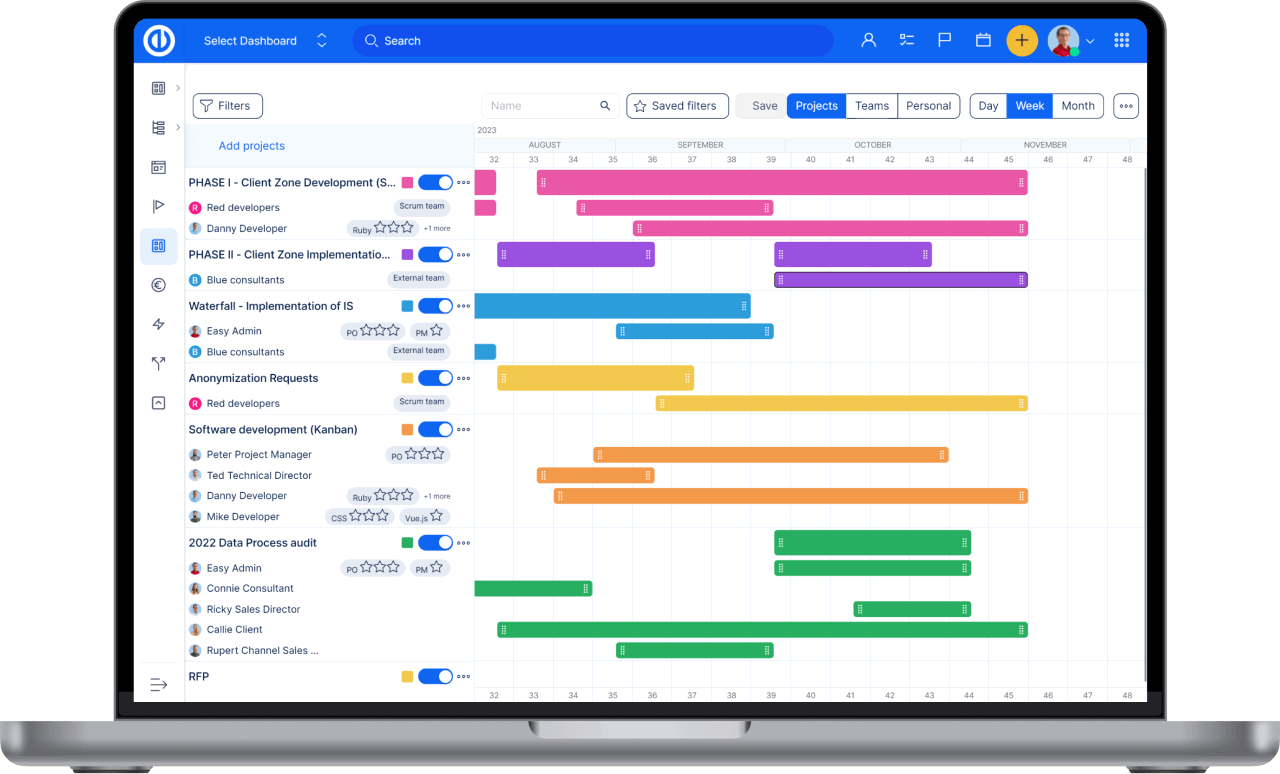Avainriskit Jira-tietomuutoksessa: Yleiskatsaus
Päätös siirtyä projektinhallintajärjestelmästä (PM) kuten Jira eri alustalle ei tehdä kevyesti. Siirtoprosessi sisältää paitsi tietojen siirtämisen, myös työprosessien ja infrastruktuurin täydellisen muuttamisen. Ei siis ihme, että jotkut käyttäjät saattavat kokea tehtävän pelottavana.

Atlassian's move to discontinue its on-premises services has left some Jira users in a position where they have to adapt to Atlassian’s preferred licensing models.
However, for many users, this isn't a feasible solution. They have organizational guidelines, security protocols, General Data Protection Regulation (GDPR) compliance, and various other considerations that they cannot or do not wish to negotiate. So they start considering a migration to an alternative.
The task, while necessary, is intricate and can be fraught with potential pitfalls. It is therefore important to understand these risks to prepare effectively and ensure a seamless transition. Let’s look at some potential risks and how to prepare for them!
Data Consistency
One of the primary risks in a Jira data migration lies in maintaining data consistency. The migration process involves not just transferring raw data, but also catalogs/entities such as task types, statuses, and custom fields.
These elements are crucial for the operation of your PM tool, and each must be appropriately mapped to corresponding entities in the new system.
Failure to maintain data consistency can lead to the loss of vital information, incorrect data representation, and potential workflow disruptions.
As such, it is crucial to plan the mapping of these entities carefully. Before the migration, thorough cleanup and review of these entities are highly recommended to prevent errors during and after the transition.
Upgrading to the Latest Versions
To benefit from the latest patches, fixes, and features of the new PM tool, data migration should ideally take place to the latest stable version of the tool.
However, this necessitates a careful review of the technological compatibility of your existing data with the new system.
This upgrade process can be challenging and risky as it might potentially lead to compatibility issues and data loss if not correctly managed.
Testing Environment
The migration process typically involves the initial testing migration, followed by the final migration before going live.
The testing migration serves as a crucial preparatory stage, where potential issues can be identified and resolved before they affect the actual migration.
However, creating a testing environment that accurately replicates the production environment poses a challenge. It must be perfectly in sync with the production environment to ensure the validity of the test results.
If discrepancies exist between the two environments, issues might go undetected during testing, only to emerge during the final migration.
Resources Optimization
Every PM system has its unique resource configuration - including CPU, RAM, and HDD. These resource configurations can significantly influence the performance of the application post-migration.
To maintain the same application response times after the migration, it's crucial to analyze the level of resources required relative to the quantity of data being migrated.
Poor resource optimization can lead to decreased performance, slower response times, and ultimately, a negative impact on productivity.
Therefore, careful resource planning and optimization is a critical step in the migration process.
Conclusion
While the process of migrating from a platform like Jira to a new PM tool comes with its share of risks, with careful planning and a strategic approach, these challenges can be effectively managed.
It's important to take the time to understand each of these risk areas and devise strategies to mitigate them.
By maintaining data consistency, upgrading to the latest versions, preparing an adequate testing environment, and optimizing resources, you can ensure a smoother and more efficient transition.
Transitioning from Jira to a different PM tool, like Easy Redmine, doesn't have to be intimidating. At Easy Software, we're fully aware of the potential challenges that can arise during such a migration.
That's why we've made Jira core data migration an integral part of the platform transition process from Jira to Easy Redmine. We've designed a clear, three-step migration process—enumerations migration, interim configuration and customization, and data import—to ensure a seamless transition.
With our approach, you can be confident of what to expect, making the migration journey smoother and less daunting.
Liittyvät artikkelit
Tietojen siirto voi olla monimutkainen prosessi, mutta olemme valmistelleet ratkaisun. Tutustu tähän artikkeliin.

Kaikki yhdessä ohjelmistossa modernille projektijohtajalle? Helppoa.
Saat kaikki tehokkaat työkalut täydelliseen projektisuunnitteluun, hallintaan ja valvontaan yhdessä ohjelmistossa.
